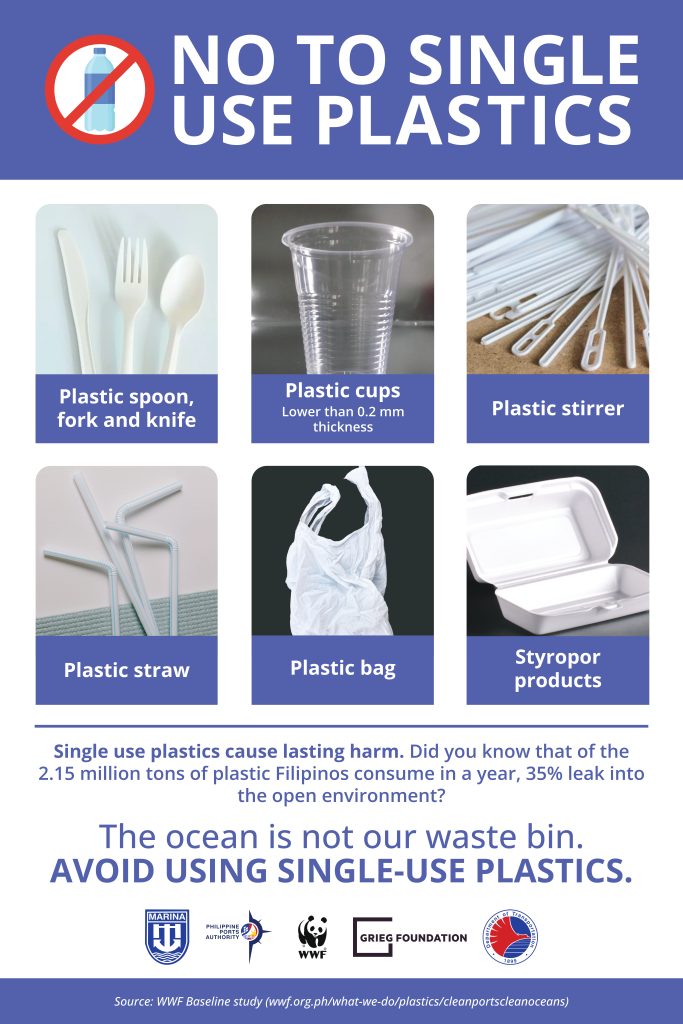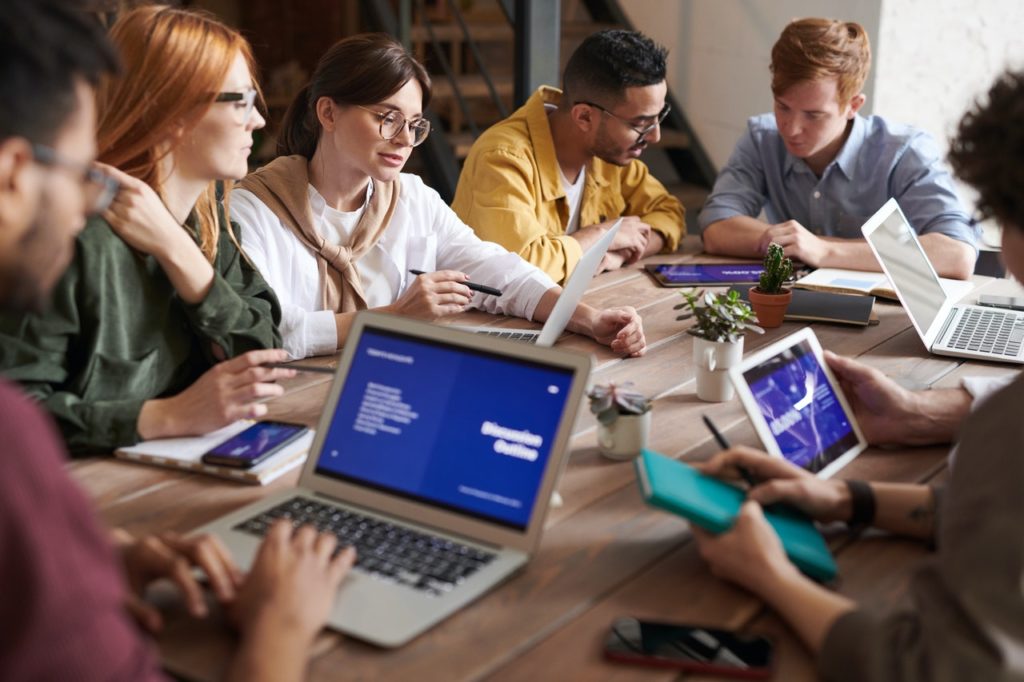Plastic pollution is one of the fastest-growing global environmental problems. It has severe impacts on biodiversity and ecosystems, as well as on public health and development.
Labeled as the “sachet economy,” the Philippines’ high dependence on single-use plastics like multilayer sachets and pouches has led to the worsening of marine plastic pollution with 2.7 million tons of plastic waste generated each year, of which an estimated 20 percent ends up in the ocean. To do its part, the maritime industry is increasingly taking action to tackle plastic pollution, and ports that are working at the interface between land and water play a major role in reducing the amount of plastic leaking into the marine environment.
The World Wide Fund for Nature Philippines (WWF-Philippines) which has been leading the way in conserving the country’s richest marine and land habitats, started a three-year project in 2020 with the Grieg Group entitled ‘Clean Ports, Clean Oceans: Improving Port Waste Management in the Philippines’ funded by the Grieg Foundation.

- What is the project about?
The Clean Ports, Clean Oceans: Improving Port Waste Management project by WWF-Philippines and Grieg Group funded by the Grieg Foundation is being implemented to reduce plastic waste leakage into our ocean by testing replicable models of port waste management. Specifically, this project aims to work on:- achieving 50% plastic waste leakage reduction in 3 major ports: (1) Manila North Harbor, (2) Port of Batangas, and (3) Port of Cagayan de Oro
- providing inputs to the Philippine National Plan of Action on Marine Litter to highlight the importance of the port industry in addressing plastic pollution
- documenting the port waste management models to enable scaling up in other Philippine and global ports
- What is the importance of the project?
Marine litter has increasingly become a critical environmental issue. This has become a significant threat to marine wildlife and habitats and poses a risk to human health. It also negatively impacts the country’s efforts towards economic development as it affects the tourism, fishing, and maritime industries. Addressing the issue of marine litter in the country is an important step towards the sustainable use of the ocean and its resources, and it will require collective action by governments, businesses, and individuals. The project specifically worked with the maritime industry to focus on ports and vessels as they are a key pathway to plastic pollution up in oceans. Cleaner ports will result in cleaner oceans, which will then help in maintaining biodiversity and ecosystems.
- Who were the stakeholders involved?
Solving the issue of marine litter requires collective action, so WWF-Philippines works with government agencies, port authorities—Philippine Ports Authority, Maritime Industry Authority, and Philippine Coast Guard, local government units, communities, and organizations to implement solutions and interventions to achieve the goals of the project. WWF also partnered up with ASSIST Creativelab to conceptualize, develop, execute and promote an Information, Education and Communications (IEC) campaign for the project.
- What are the expected results from the project?
The Clean Ports, Clean Oceans Information, Education and Communications (IEC) campaign aims to see a higher level of awareness about the issues brought about by plastic waste and a reduced level of waste in the target ports. The IEC campaign is particularly expected to contribute in effecting social and behavioral change with all relevant stakeholders and to effectively communicate policies to regulate plastics and manage wastes in port facilities and vessels. The target audience of the campaign, which will mainly focus on segregation, are the port facility employees and regular passengers within the port area.
- How are the outcomes / goals going to be accomplished?
One of the interventions implemented under the project was the information, education and communications campaign to raise awareness on the problem of plastic waste and ways to reduce and properly manage them in ports and communities in the Philippines. The materials were translated to local language to better communicate the message of the campaign. The key components of the campaign are as follows:- Development of a communication strategy that will serve as a guide for the whole campaign
- Development of animated videos for ports and vessels
- Production of roll-up banners and waste labels to encourage people to reduce waste and segregate trash properly

- How was ASSIST Creativelab’s intervention crucial to achieving the goals / objectives?
ASSIST Creativelab, with its proven track record of promoting social impact, was able to develop engaging materials for the IEC campaign that captured the attention of the stakeholders. ASSIST Creativelab ensured that the materials aligned with the overall messaging developed in the communication strategy in order to achieve the goals and objectives of the campaign.
References:
World Bank Group. (2021). Market Study for the Philippines : Plastics Circularity Opportunities and Barriers. Open Knowledge Repository. https://openknowledge.worldbank.org/handle/10986/35295




